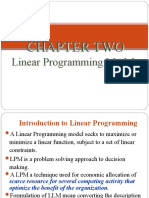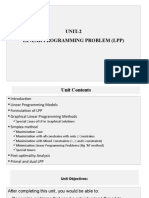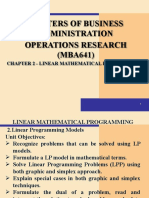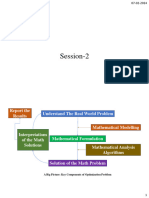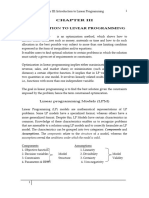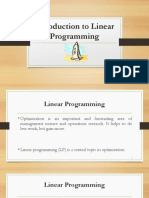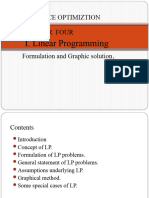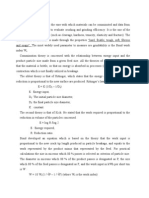0% found this document useful (0 votes)
39 views5 pages02 Introduction To LP Part1
This document provides an introduction to linear programming (LP). It discusses:
1) What LP is, involving linear constraints and objective functions with decision variables.
2) The components of an LP problem - decision variables, parameters/data, constraints, and objective function.
3) Examples of LP models and their formulation.
4) Different types of optimization problems including linear programs, integer linear programs, and nonlinear programs.
Uploaded by
caglatas5Copyright
© © All Rights Reserved
We take content rights seriously. If you suspect this is your content, claim it here.
Available Formats
Download as PDF, TXT or read online on Scribd
0% found this document useful (0 votes)
39 views5 pages02 Introduction To LP Part1
This document provides an introduction to linear programming (LP). It discusses:
1) What LP is, involving linear constraints and objective functions with decision variables.
2) The components of an LP problem - decision variables, parameters/data, constraints, and objective function.
3) Examples of LP models and their formulation.
4) Different types of optimization problems including linear programs, integer linear programs, and nonlinear programs.
Uploaded by
caglatas5Copyright
© © All Rights Reserved
We take content rights seriously. If you suspect this is your content, claim it here.
Available Formats
Download as PDF, TXT or read online on Scribd
/ 5



